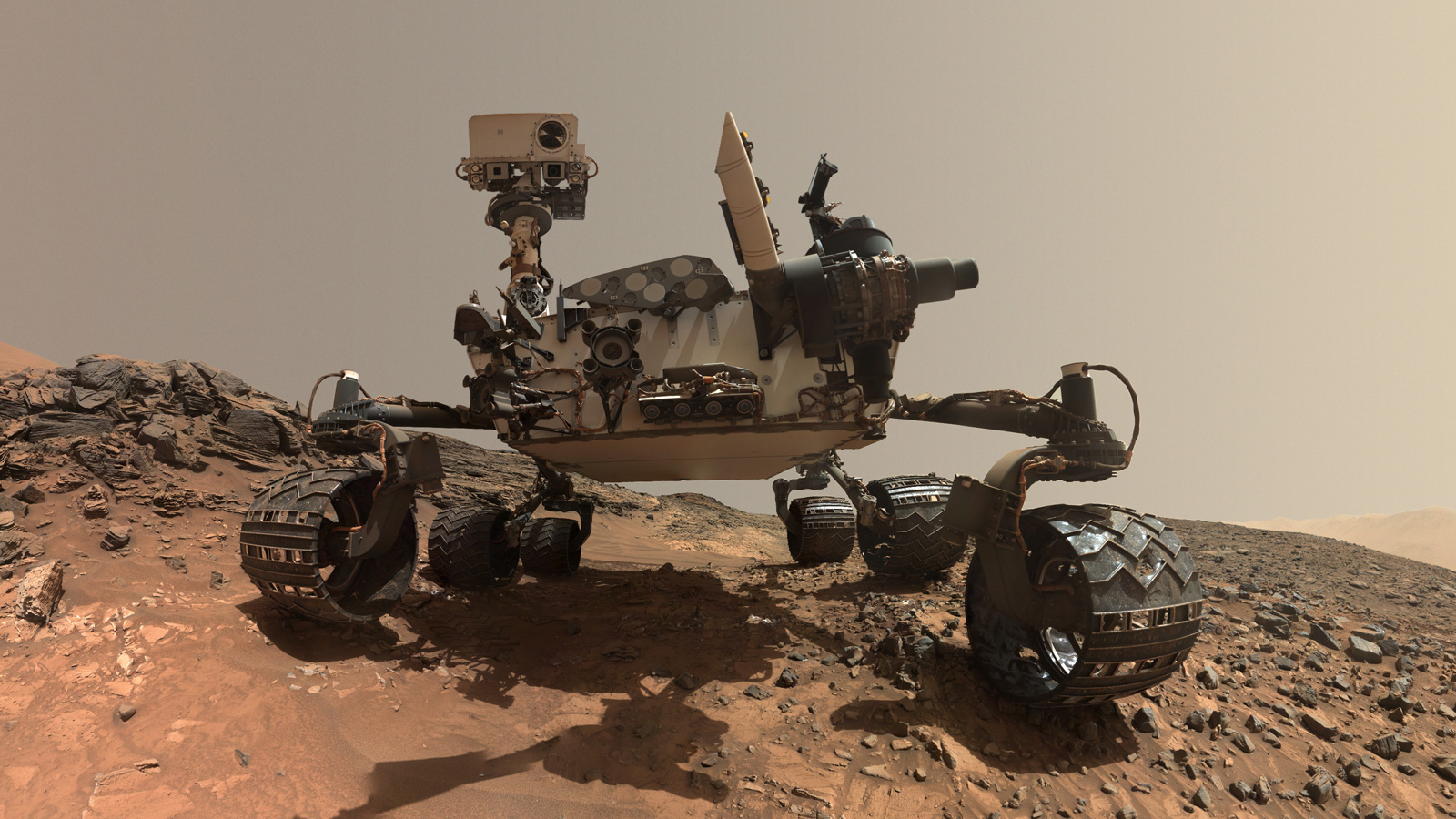



"Since then, in large part as a result of that initial spectacle, Curiosity has enjoyed a level of celebrity rarely accorded to mere machines. Even its most mundane activities—scooping dirt, taking a break, finding a rock—are newsworthy."
—Megan Garber

Answer to the Picture Riddle Challenge: The Robot!

Megan Garber is a staff writer at The Atlantic. She focuses on technology, culture, and the intersection between the two. She received her Master’s in Journalism from Columbia University where later was an adjunct professor. She was formerly a media reporter for Harvard’s Nieman Journalism Lab and media critic for the Columbia Journalism Review.
1. Have students get into groups and discuss the importance of curiosity in space and if it is beneficial or a distraction. Then discuss your findings with the class as a whole.
2. Let students talk about how curiosity could apply to their degree field. If they can't think of a way open the class up to a discussion.
3. Students will write a closure paragraph of what exploration means to them.
1. What does Curiosity (the rover) mean to you?
2. How can we make small things feel big when it comes to academics to stay engaged?
3. Why is curiosity beneficial in the classroom?
Megan Garber’s article “How Curiosity Became an Astronaut,” explores the language and strategies used by NASA to humanize the space exploration program. It highlights the strategies employed to spark curiosity and maintain the public’s interest. NASA representatives, including astronauts, presented the exploration of space as an endeavor lead and controlled by humans even as more of that effort was being performed by robots. In modern times, our curiosity regarding space is satisfied primarily through remotely controlled robotic exploration. Such efforts have culminated in the presentation of the Mars rover Curiosity as a human complete with a Twitter feed.
Perhaps the greatest expression of human curiosity is our drive to explore to increase the bounds of our environment. Yet, this article prompts us to ask why NASA found it necessary to humanize its robotic exploration efforts? Further, how has the anthropomorphizing of robotic explorers, especially Curiosity, influenced public interest in space tourism and colonization efforts? Could it be the case that humans are most curious when we can easily place ourselves in the shoes of the great explorers, be they human or robot?
—Jennifer Carter

Learn more about the curiosity rover
Whether it's scrolling through the thousands of images of space and other worlds or in-depth articles about designing a rocket and how to get to the next frontier NASA's home page is a great place to start. Specifically looking at Mars and the curiosity rover could mean directly looking at the future as humans make great strides towards further travel into space, and going further into the unknown.
Since the recent success of their test rockets SpaceX believes it's on schedule for it's flight to Marz. "Falcon 9 is a reusable, two-stage rocket designed and manufactured by SpaceX for the reliable and safe transport of people and payloads into Earth orbit and beyond."

Jennifer Carter is an Assistant Professor of Physics at Susquehanna University where she teaches physics and astronomy. Her research is in the field of exoplanet science, which she uses in her teaching to highlight that the latest research uses the very skills her students are learning in class. In her spare time, she likes to play video games, especially role-playing games, and has now branched out to playing Dungeons and Dragons. In addition, she enjoys hobbies such as observing the sky and brewing beer.